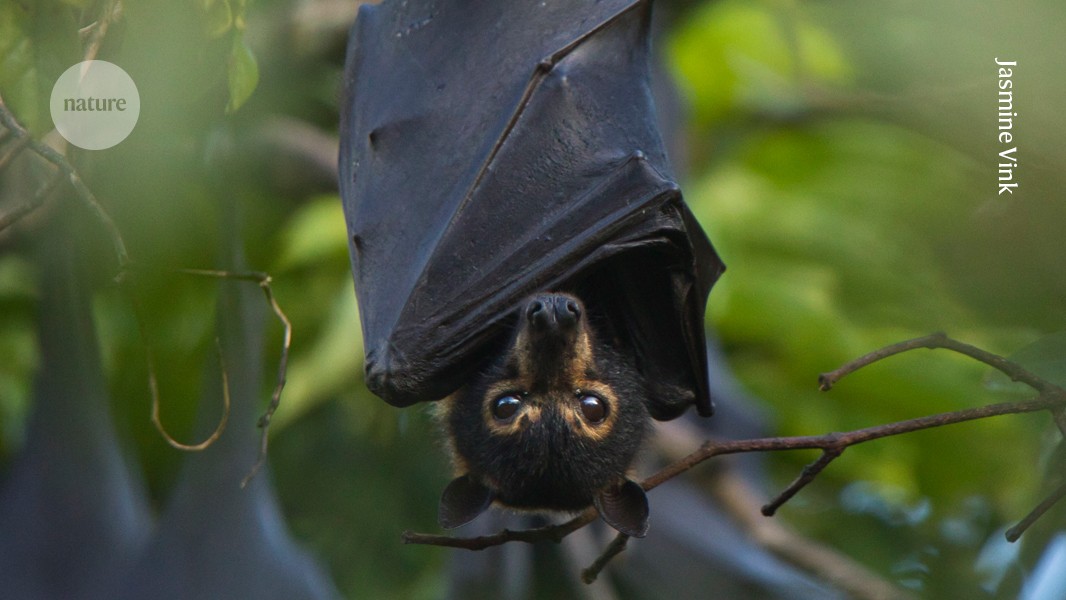
"Genetic analysis reveals that flying foxes possess a unique set of genes associated with their enormous wingspans. These genetic factors influence their growth and adaptation to island ecosystems."
"The giant wingspans of flying foxes, which can reach nearly 2 metres, are attributed to evolutionary advantages provided by their adaptation to island life. This has allowed them to thrive where food sources are abundant."
"Research indicates that the environmental pressures on islands have contributed to the genetic makeup of flying foxes, resulting in larger wing structures compared to their mainland counterparts. This evolutionary trait supports their survival."
"The genetic adaptations found in flying foxes highlight the importance of environment in shaping physical traits within species, showing a clear link between genetics, size, and habitat."
The large wingspans of flying foxes, reaching almost 2 meters, result from genetic adaptations influenced by their island habitats. These bats showcase a unique genetic profile associated with their immense size. The evolutionary pressures of island life have allowed these bats to develop larger wings than their mainland relatives. This adaptation not only aids in foraging but also plays a crucial role in their survival. The genetic traits that support their growth emphasize the connection between environmental factors and species development.
Read at Nature
Unable to calculate read time
Collection
[
|
...
]